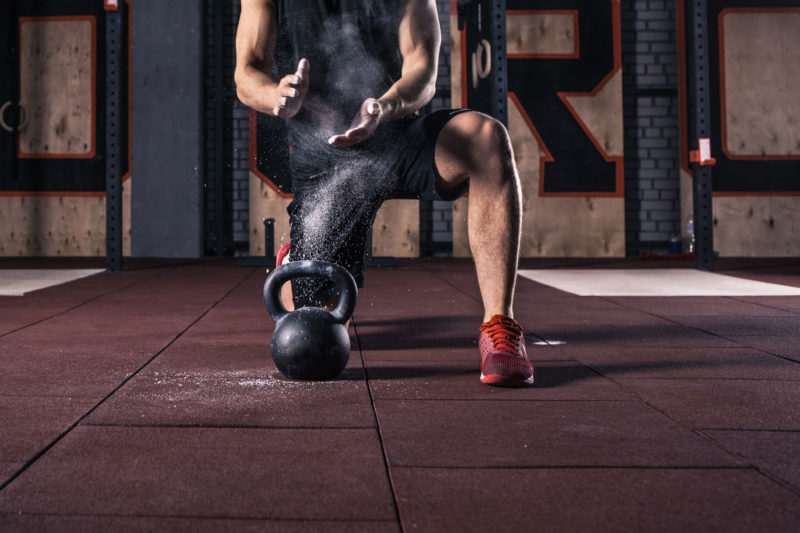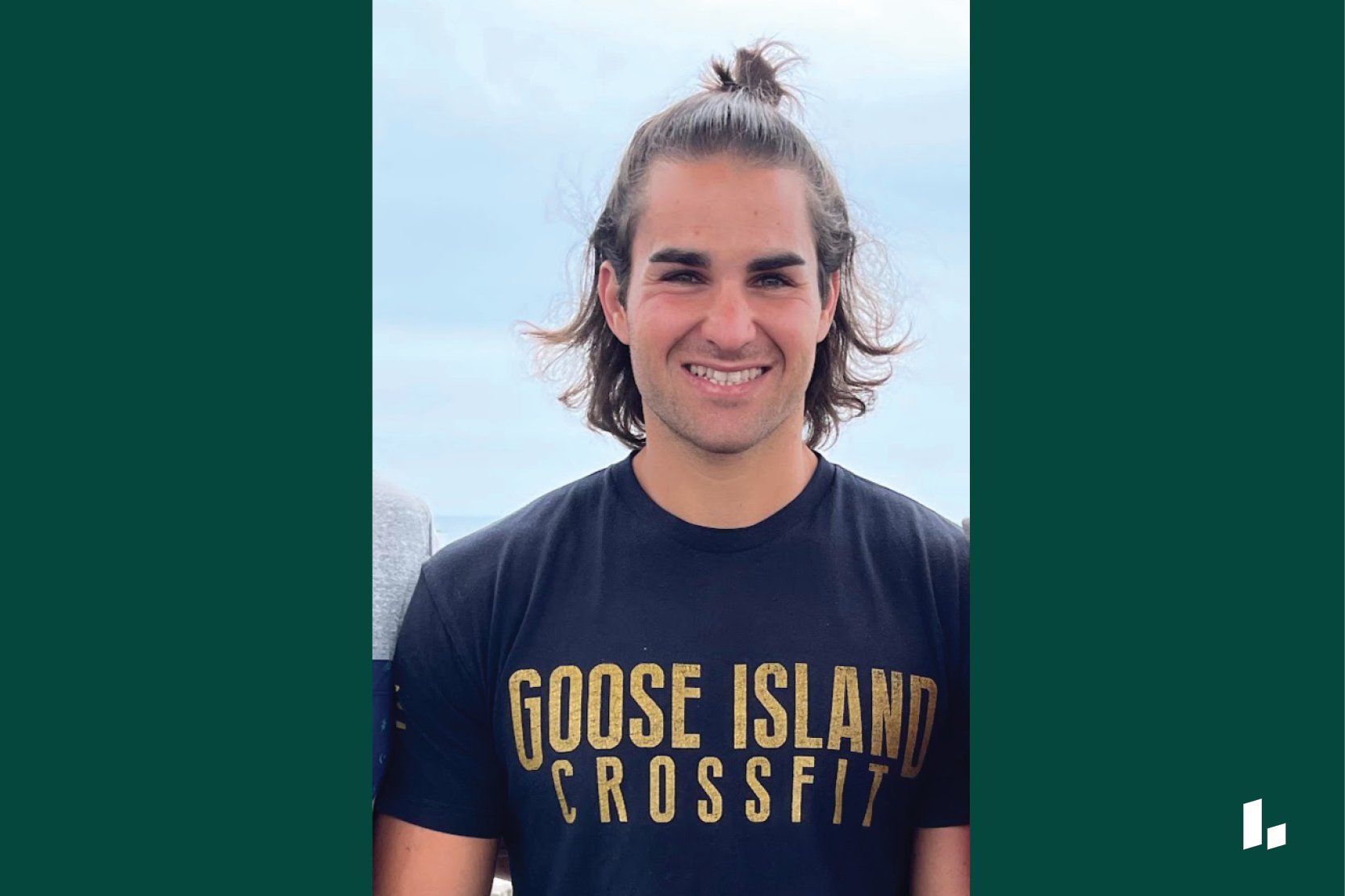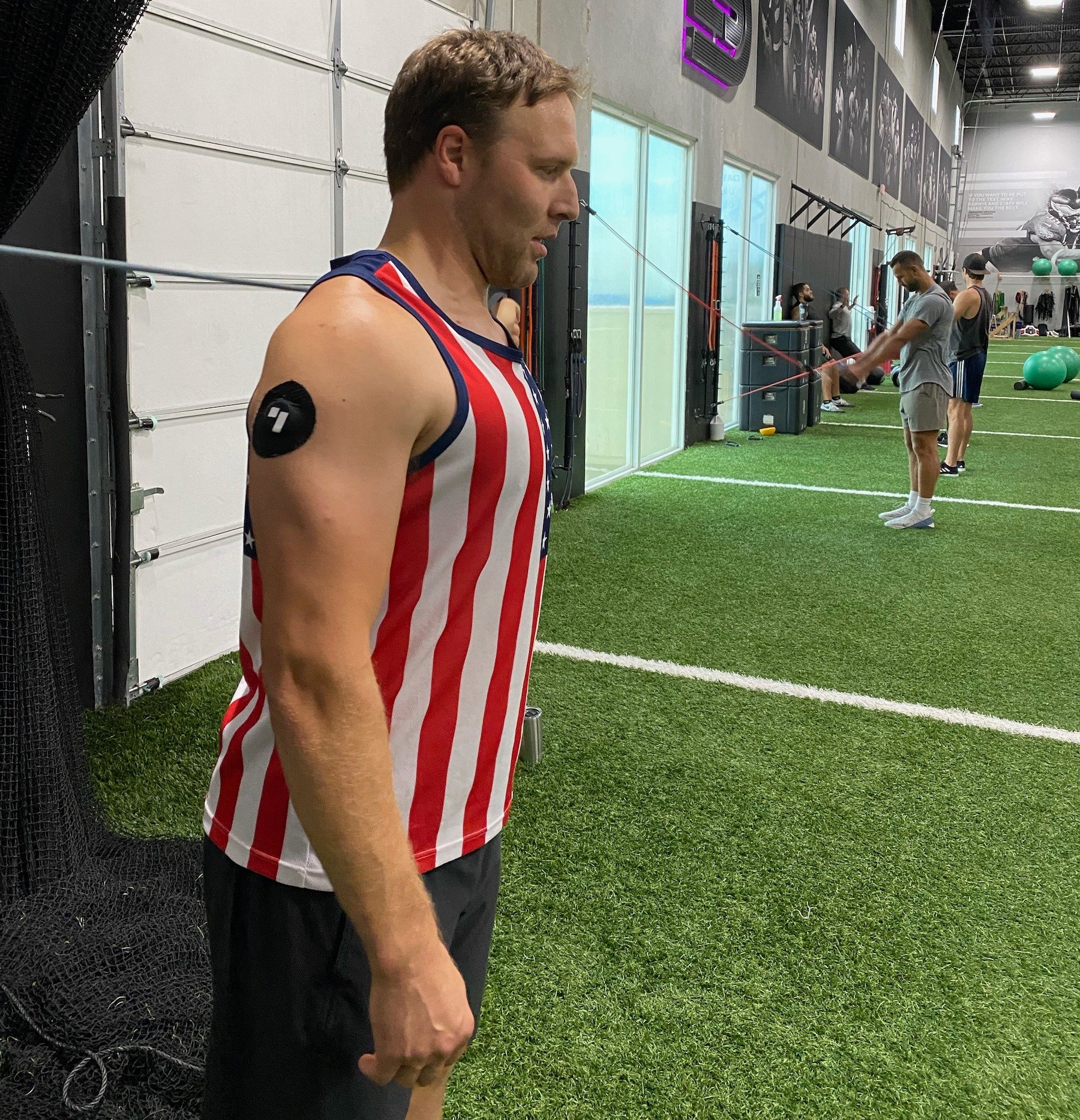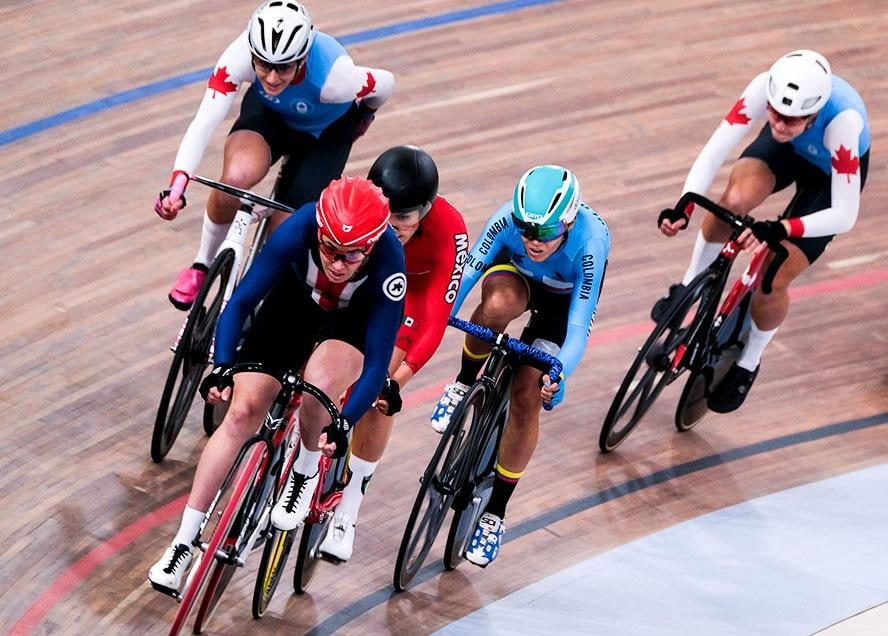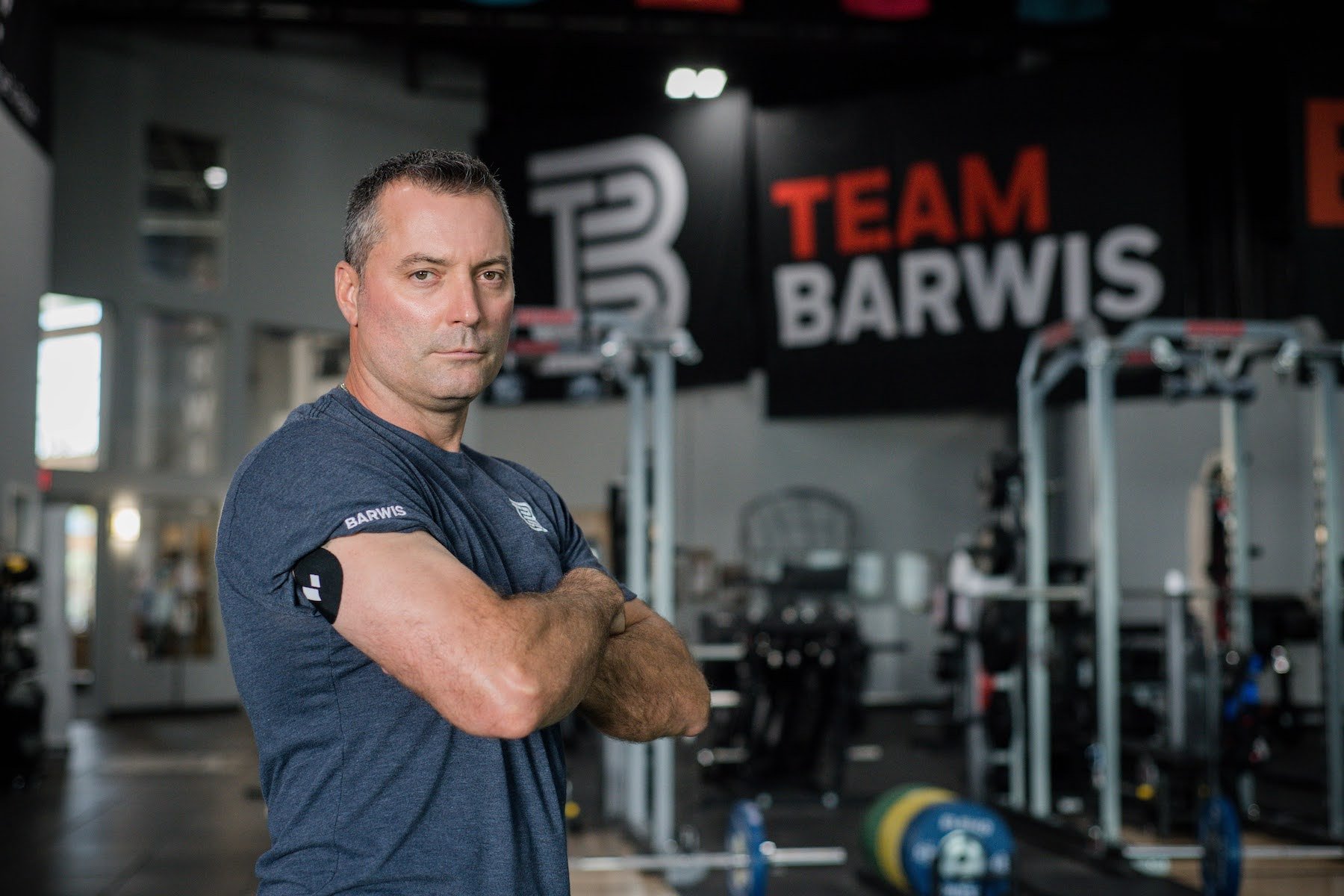Gabe Mendoza is a Levels Super User, having been a member for more than two years and one of the most active participants in the Levels Community. His openness about his self-experiments to optimize his blood glucose response and build lean tissue to maximize metabolic health has his social media community abuzz. Here, he shares how he increased his carbohydrate intake and timed it to his body’s needs to build muscle and drop body fat in two months.
Though he shares exactly what he eats (and when) during the day, Gabe says his meals aren’t designed to be prescriptive. Instead, he sees them as a blueprint for how you could conduct your own experiment. You can track your progress by watching how your body reacts on a CGM, paying attention to how you feel, and then making tweaks when necessary. We talked to Gabe about this latest self-experiment and what he learned.
Years ago, my goal starting with Levels was to optimize my health and understand my glucose response. I love data and learning, so this was a great chance to experiment with how my body would react to different foods and eating patterns.
I came from a CrossFit background; then, through COVID, I built a home gym and tried to find the most efficient methodology to reach my physique goals.
Once I got that initial knowledge from wearing the CGM, and it seemed like my habits were on the right path, I worked toward optimization. I feel like I’m at the point where the more you know, the less you know. Optimization is a never-ending pursuit, and that’s what I love about it.
One year ago, I ate pretty low carb, about 50 to 150 grams per day. In January this year, I transitioned to 250 to 300 g of carbs per day. In March, I did bloodwork, and my fasting glucose and insulin levels were all on the right spot. I followed that up with bloodwork in September. My fasting glucose was 94 mg/dL (though I did have coffee before), and my HbA1C was 5.2, with low uric acid at 4.6 mg/dL.
I got back into bodybuilding. In the bodybuilding world, there’s been a shift where thought leaders promote health and physique. Before, it was eating to grow as big as you can, but there was no consideration of the dietary impact. You looked great onstage, but metabolically you might be suffering.
An article I read piqued my interest that talked about how you’re most insulin sensitive in the morning and, to a lesser extent, in the afternoon and at night. I wanted to shift my macros around to match my body’s ability to process these nutrients most effectively—and I was curious about what it would do.
My Plan in Action
I structured my meals to eat my most insulinogenic foods—carbohydrates—in the morning when my body was ready for them. This strategy would maximize my carb load, and I would also eat as little fat as possible. I ate four meals per day. Meal #1 contained 80 to 120 g of carbs, while meal #2 contained 100 to 120 g of carbs. Meals #3 and #4 were focused on fat and protein and were low-carb.
Here’s a deeper look into what I was eating for each meal:
- Meal #1: 8 a.m. (Post-workout)
Nonfat Greek yogurt, frozen berries, polyphenol red powder, and a piece of fruit (e.g., nectarine, plum, apple). - Meal #2: 11:30 a.m.
White rice or potatoes, ground elk, salsa, carrots, sauerkraut, leafy greens, fruit. - Meal #3: 3:30 p.m.
Ground elk or another lean protein, leafy greens, nuts. - Meal #4: 6 p.m.
Red meat or fish for protein, leafy greens, vegetables, butter or ghee.
My choice of foods is based on personal preference and understanding how my body reacts to certain foods because of the CGM. Early on, I experimented with sweet potatoes, but those brought a huge blood sugar spike. Now, I eat two cups of white rice, which surprisingly cause less of a rise and help me reach my macro targets while supporting my goal. I eat a lot of ground elk because I’m a big meat eater, and I love game meat—bison, elk, venison.
I came up with my carb goal based on math, but these numbers might look different for someone else. I knew I had to meet my protein goal, about 1 gram of protein per pound of body weight. From previous experience with keto, I know I don’t feel good on a high-fat diet, so I kept my fat intake to 20% of my total calories. Since I knew my target calorie intake (2800 calories), I filled the rest with carbohydrates, about 300 g per day.
Seeing the Results
I’ve been running this self-experiment for two months, and it’s been great. My glucose is very much in control, with a baseline of 70 to 80 mg/dL fasting at night. Blood sugar excursions are high—a 30- to 50-point increase—but these drop back down to baseline within 30 minutes. I am not experiencing an energy crash, either. This pattern tells me that the carbohydrates are being shuttled into proper glycogen stores (liver, muscles).
I started at 15% body fat. After four weeks, my body fat fell to 13%. Now, after 8 weeks, I’m down to 10% body fat. Aesthetics are always fun to play with, and because of my body fat percentage, I can see visible abs and my vascularity. But that’s a cheap goal.
Today, I’m more concerned with the importance of muscle in longevity, something I learned about after reading a lot and listening to Dr. Gabrielle Lyon and Dr. Peter Attia. I wish someone would have been in my ear 10 years ago. But I’m 34 now, and I’m excited to see where I can go in the next 10 years.
Learn more:
Lessons Learned
I made a tweak during these two months by adding a pre-workout carbohydrate drink. I’m monitoring spikes to see how this change impacts my performance and meal response. A month in, I see a spike, but nothing worrying. More importantly, I’m seeing better workout performance without impacting subsequent meals. I do an hour of resistance training with a heavy load. Previously, my stamina was suffering toward the end of my workout. That leads me to think that although fasted workouts are great for fat burning (your body taps into your fat stores to fuel your workout), once you’re lean, maybe your fat stores are not the best fuel source.
The results from my experiment have been positive overall, and I plan to continue on this path. The only thing that will change is my goals. First, my goal was my body composition. I wanted to see if I could keep or increase muscle while decreasing fat mass. I did that, but at some point, my body fat will increase again. I’m not trying to stay at 10% long-term. As I work to increase muscle mass, I will raise my carbs and add calories. My protein and fat intake might not change, but carbs definitely will.
I’ll continue using my CGM to ensure things are okay. Because 350 to 400 g of carbs spread out between meals is a lot—only the data will tell if I am still keeping glycemic variability in a healthy range. I like to use Levels as reassurance that I’m doing things right—it’s like bumpers in bowling.
Ultimately, I believe that building muscle is positive. If we make moves with metabolic health across the country, the reality of being under-muscled needs to be addressed as much as being overweight. You need to change how your body processes energy and focus on putting on more metabolically active mass—and that’s muscle.
